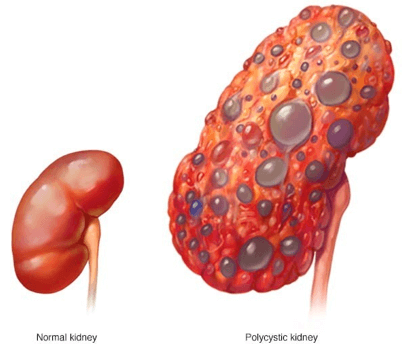An elderly client is 12-hours postoperative for a hernia repair and suddenly becomes agitated, staggers out into the corridor, and demands to be set free.
After assisting the client back to bed and administering pain medication, which intervention is best for the practical nurse (PN) to implement?
Administer a prescribed narcotic antagonist to reverse the effects of any analgesic accumulation
Notify the healthcare provider and request a prescription for restraints to minimize the client's danger to self.
Raise the side rails and notify the family to come and stay until the client is reoriented and cooperative
Instruct a UAP to keep the upper side rails up and check on the client every 15 minutes until the client is resting.
The Correct Answer is C
The correct answer is c. Raise the side rails and notify the family to come and stay until the client is reoriented and cooperative. This intervention ensures the client’s safety and provides familiar support, which can help reorient and calm the client.
Choice A reason: Administering a prescribed narcotic antagonist assumes the agitation is due to narcotic accumulation without evidence. This could lead to unnecessary medication administration.
Choice B reason: Requesting restraints should be a last resort due to the risks of injury and increased agitation. Restraints can also lead to further complications.
Choice C reason: Raising the side rails and involving the family provides immediate safety and emotional support, which can help reorient the client. Familiar faces can be very calming and reassuring.
Choice D reason: Instructing a UAP to check on the client every 15 minutes lacks the immediate family support that can help reorient the client. Continuous monitoring is important, but family involvement is more effective.
Nursing Test Bank
Naxlex Comprehensive Predictor Exams
Related Questions
Correct Answer is B
Explanation
A. Elevated energy level: While cocaine use can initially cause increased energy, this is a temporary effect. The most consistent and concerning behavioral manifestation is drug-seeking behavior due to intense cravings.
B. Powerful craving for more: Cocaine is highly addictive and stimulates the brain's reward system, leading to a powerful and often uncontrollable craving for more of the drug, which is a hallmark of cocaine dependence.
C. High self-esteem: Cocaine use may cause temporary grandiosity, but it does not result in true or stable high self-esteem. Users often experience mood swings and depressive symptoms after the drug wears off.
D. Euphoria: Cocaine does cause euphoria, but it is short-lived. The craving for more, even after the initial high, is more defining and persistent in clients who test positive and are in the cycle of use.
Correct Answer is D
Explanation
This is the best intervention for the PN to implement because it monitors the client's fluid status and helps detect fluid overload, which can cause hypertension and neurological changes. The PN should weigh the client at the same time, on the same scale, and with the same clothing every day.

Whether you are a student looking to ace your exams or a practicing nurse seeking to enhance your expertise , our nursing education contents will empower you with the confidence and competence to make a difference in the lives of patients and become a respected leader in the healthcare field.
Visit Naxlex, invest in your future and unlock endless possibilities with our unparalleled nursing education contents today
Report Wrong Answer on the Current Question
Do you disagree with the answer? If yes, what is your expected answer? Explain.
Kindly be descriptive with the issue you are facing.
